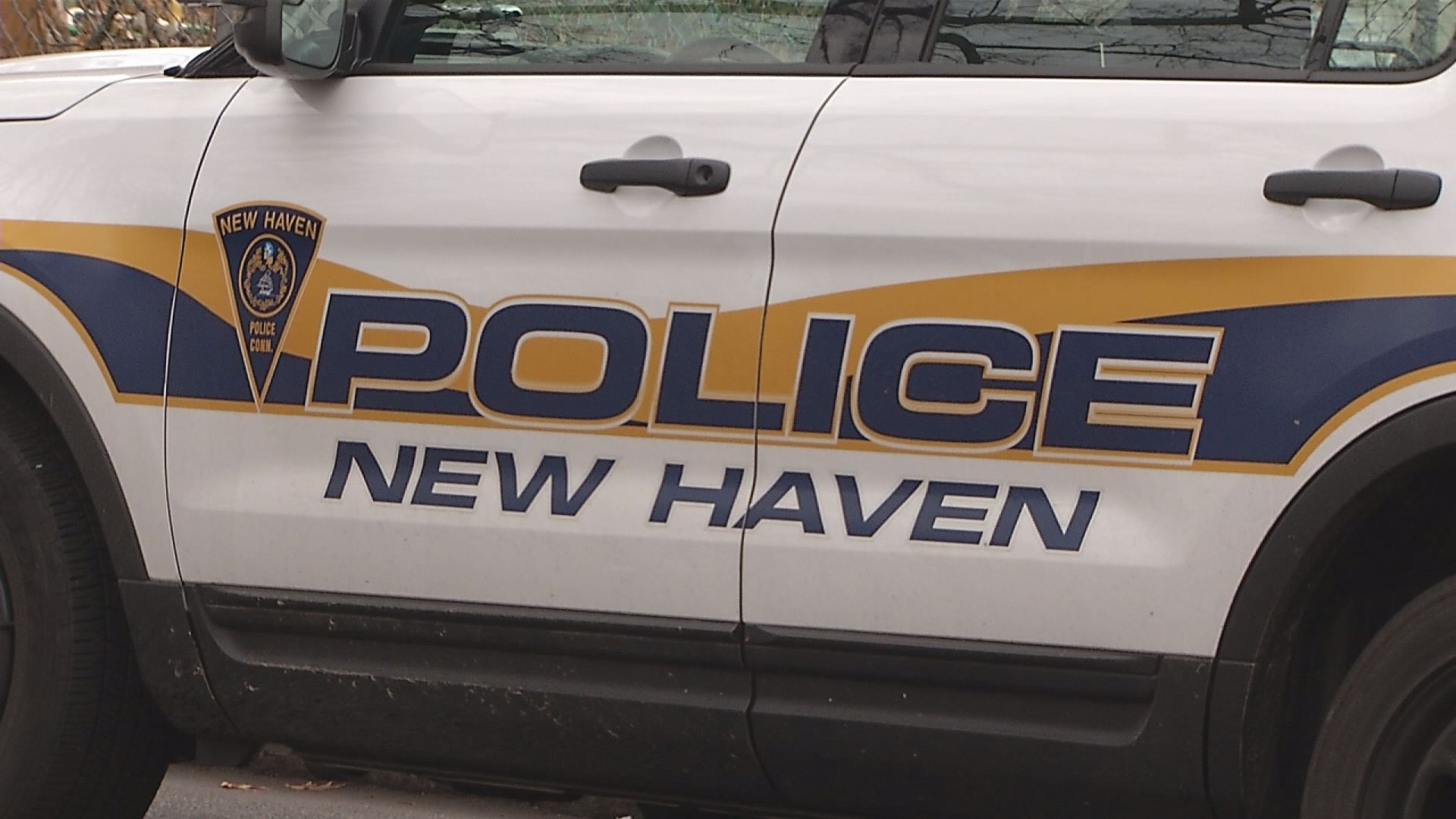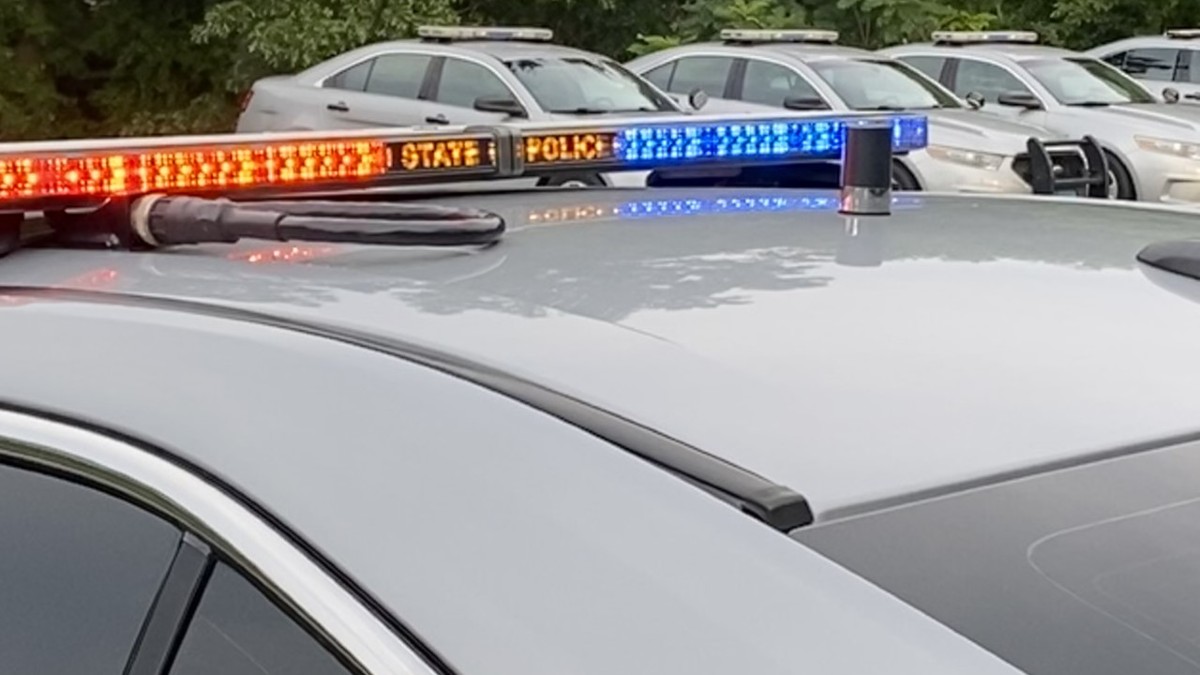The state Department of Public Health is going to start allowing indoor in-person visits at long-term care facilities, including nursing homes.
Gov. Ned Lamont today said Monday that he announced that Acting Commissioner Deidre Gifford signed an order rescinding previously issued orders that limited visitation at long-term care facilities, including nursing homes, due to the COVID-19 pandemic.
The governor issued a ban on all visitors in March.
“Making the decision to limit in-person visits at nursing homes is one of the hardest things I’ve had to do as governor, but amid the outbreak of this pandemic that is impacting the lives of so many people in our senior population, I knew it was the right thing to do,” Lamont said in a statement. “Each facility is strongly urged to develop a visitation plan and strictly adhere to it to the greatest extent possible so that we can keep this virus from spreading and impacting our most vulnerable patients.”
Gifford said indoor visitation is now allowed in nursing homes under specific conditions.
“I urge nursing homes to work closely with family members to arrange for the type of visitation that is most appropriate for each resident’s physical, mental and psychosocial well-being. There will be protocols in place to make sure the visitation is as safe as possible, including personal protective equipment to limit the spread of COVID-19 among our most vulnerable population,” she said.
A memo from the U.S. Department of Health and Human Services Centers for Medicare & Medicaid Services said that "physical separation from family and other loved ones has taken a physical and emotional toll on residents. Residents may feel socially isolated, leading to increased risk for depression, anxiety, and other expressions of distress."
Guidance from Centers for Medicare & Medicaid Services said visitation can be conducted through different means based on a facility’s structure and residents’ needs, such as in resident rooms, dedicated visitation spaces, outdoors and for circumstances beyond compassionate care situations.
Nursing homes can open for indoor visitation under certain conditions, including that there has been no new onset of COVID-19 cases in the last 14 days and the facility is not currently conducting outbreak testing, according to state officials.
The governor said indoor visitation will be suspended if there is a positive COVID case among staff or residents.
Facilities and visitors must adhere to the following:
- Screening for all who enter the facility;
- Hand hygiene recommendations;
- Personal protection equipment as applicable;
- Social distancing requirements;
- Instructional signage throughout the facility;
- Cleaning and disinfecting high frequency touched surfaces in the facility;
- Effective cohorting of residents as applicable;
- Visitors should be able to adhere to the core principles and staff should provide monitoring for those who may have difficulty adhering to core principles;
- Facilities should limit the number of visitors per patient at one time and limit the total number of visitors in the facility one at a time (based on the size of the building and physical space). Facilities should consider scheduling visits for a specified length of time to help ensure all patients are able to receive visitors; and
- Facilities should limit movement in the facility. For example, visitors should not walk around different halls of the facility. Rather, they should go directly to the patient’s room or designated visitation area.
“It’s not a situation where the door swings wide open and people can move freely in the buildings. It’s going to have to be an organized and scheduled visitation," explained Matt Barrett, CEO of the Connecticut Association of Healthcare Facilities.
The governor said new visitation requirements also expand entry for health care workers and providers of other services whose access might have been restricted, such as social workers, clergy, hairdressers, and volunteers, as long as such individuals are not otherwise excluded from working due to an exposure to COVID-19 and comply with the Core Principles of Infection Control.
The order will also allow the state long term care ombudsman's office to start going back into nursing homes and assisted living facilities to conduct investigations. The office can be reached at 866-388-1888.
"I think it’s important to remember that these are steps. We were really concerned that there would be no mechanism to have visits inside once it got cold so this is a really important step to keep people connected. We also had residents that weren’t able to go outside, maybe they physically can’t get outside so they were having no visits in that way, so this allows for this now," Mairead Painter, state long term care ombudsman, explained.
DPH is urging chronic disease hospitals to develop a visitation plan.



